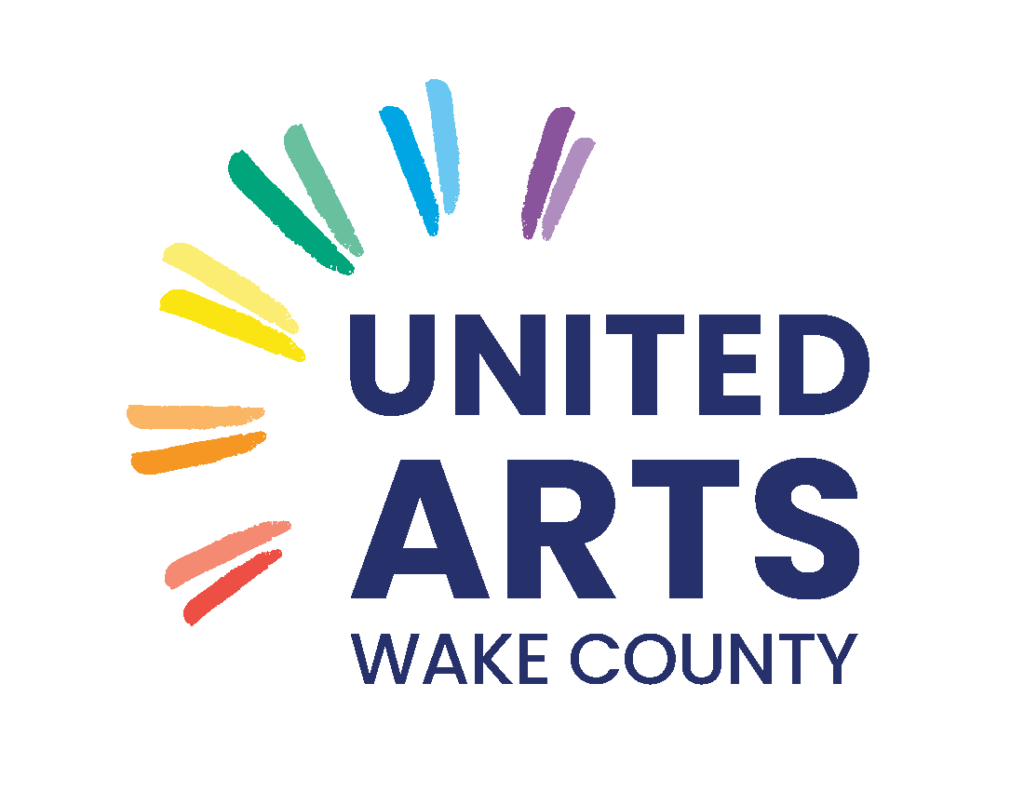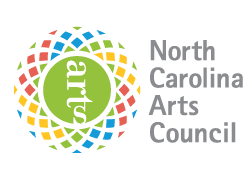This message from artsusa.org: On April 2, the U.S. Department of Education released a study entitled Arts Education in Public Elementary and Secondary Schools 1999-2000 and 2009-10. This study was previously published in 2002, prior to implementation of the No Child Left Behind Act (NCLB). Arts education advocates are very pleased to finally see an update, even if a full decade later.
The report offers mixed results in support of arts education. According to the report, music and visual art are widely available in schools in some form in schools nationwide; however, dance and theater are far less available. U.S. Education Secretary Arne Duncan stated, “despite the importance of providing equal educational opportunities in the arts, today’s report shows we are falling well short of that goal.”
Despite being designated a “core academic subject” in NCLB and being included in mandated elementary school curriculum in 44 states, this survey demonstrates that access to arts education remains elusive to a tremendous number of students across the nation.
From the Department’s announcement of the study we learned that:
- 1.3 million of our nation’s public elementary school students receive no specific instruction in music, and nearly 4 million students receive no specific instruction in the visual arts.
- 800,000 public secondary school students do not receive music, and 11 percent of secondary schools do not provide the visual arts.
- Only 3 percent of elementary schools offer any specific dance instruction and only 4 percent offer any specific theater instruction. In secondary schools, the numbers improve somewhat as 12 percent offer dance and 45 percent offer theater.
Finally, this report found that the nation’s poorest students, the ones who could benefit the most from arts education, are receiving it the least. A decade ago, the data showed that 100 percent of high poverty schools offered music instruction, but currently, only 80 percent offer music instruction. The percentage offering visual arts, dance, and theater is even lower.
In his remarks, Secretary Duncan called the disparity between high-poverty and low-poverty schools “deeply disturbing” and “absolutely an equity issue and a civil rights issue.”
For further details on this federal study, read this post on ARTSblog, “Ten Years Later: A Puzzling Picture of Arts Education in America.”
Please join thousands of arts advocates across the country on April 17—as part of Arts Advocacy Day—for a virtual rally. We’re asking everyone to send messages to their members of Congress urging them to support the arts and arts education. Look for an e-mail from us in your inbox on April 17. Americans for the Arts will send out an easy-to-use customizable message for you to send to Congress on that day.





